In this section you’ll learn what to feed your lovebirds to ensure that they stay active and healthy. What you can offer them is a mixture of commercialized pellets that doesn’t use any artificial coloring. You can also add in oats, spelt, whole grains, and mullet. A bad diet is foods that are high in fats, if that’s the case then your lovebird can be prone to obesity which can be life – threatening in the long run. If you want your pet to become leaner, healthier, and more active, then the diet that you should provide them should be composed of mostly grains (should make about 20% of their diet), and not just seeds. You can feed them a seed diet but it shouldn’t make up more than 10% of the bird’s diet. 40% of their diet should be commercial pelleted mix.
Aside from that, you need to offer your pet with fruits and veggies. You can offer slightly thin cuts of cucumbers; you can also use artichokes, baby greens, broccolis, small sprouts, apples, and other tropical fruits. They love greens but you have to introduce it to them gradually. More or less what’s safe for people is safe to offer for your lovebirds but there are of course some exceptions such as avocados, chocolates, caffeine, and other toxic matters. Birds are omnivores, you can feed them commercial pellets, grains, nutria fruit blends, fresh fruit slices and veggies, and of course fresh and clean water.
When picking a commercial food, it’s important that it contains natural ingredients, and don’t use any sort of fillers. If ever you have more than one lovebird, then make sure that you provide multiple feeding and drinking stations so that they won’t fight over the food you offer them. When thinking about what to feed your lovebirds, always keep in mind how they do it in the wild so that you can understand their psychology better.
For an average size lovebird, you need to feed around 1 to 1 ½ tablespoons of commercial pellets per day. Of course this amount will vary depending on the kind of pellet or food you offer, and the size or age of your lovebird. It’s highly recommended that you consult your avian vet so that you’ll know exactly how much to feed your bird, how often, and the nutrients he/she will need.
When it comes to your lovebird’s appetite, chances are that they won’t be able to eat all the pellets or grains that you’ll feed them every day, make sure that you throw away all the uneaten foods and always put fresh ones because if you don’t, the uneaten foods will harbor bacteria and molds which will be bad for your bird’s health as it can become contaminated. So it’s best to put a smaller amount and just add a little more if need be to also avoid too much food waste on your part. Whenever your lovebird is eating, it’s also important to closely monitor them; this is one way of knowing if your lovebird is not ill because sudden loss of appetite may indicate that your pet is sick. It’s best to monitor them to know if your bird isn’t eating as it normally would so that you can contact your avian vet as soon as possible.

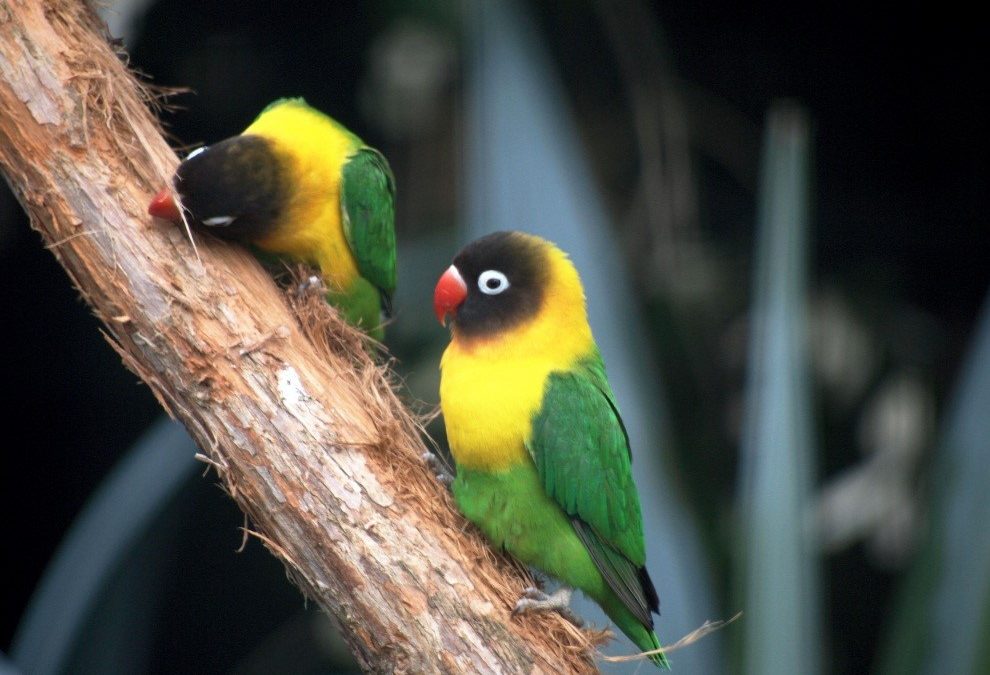
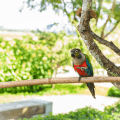
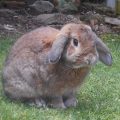
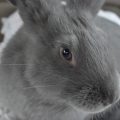
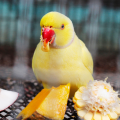
 Author and long-time animal lover. Sharing knowledge on pet care through experience and the written word.
Author and long-time animal lover. Sharing knowledge on pet care through experience and the written word.